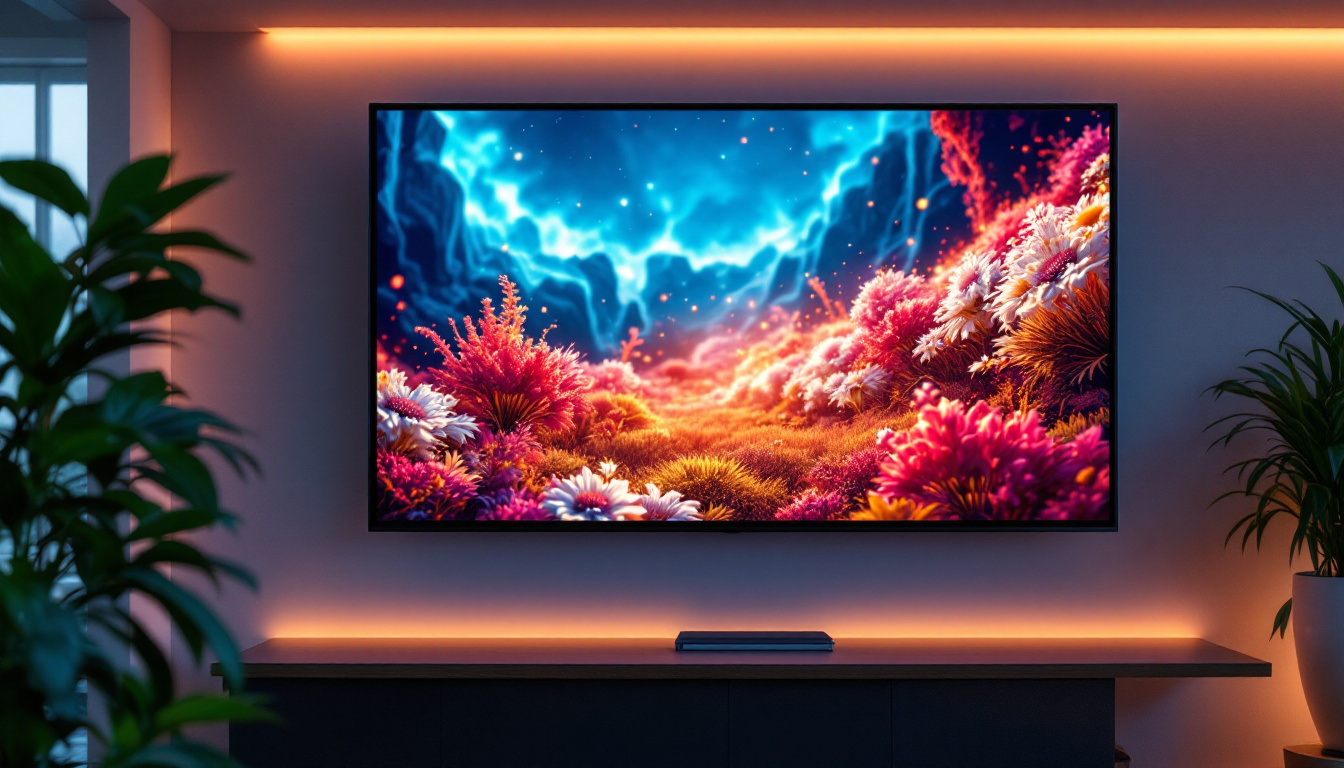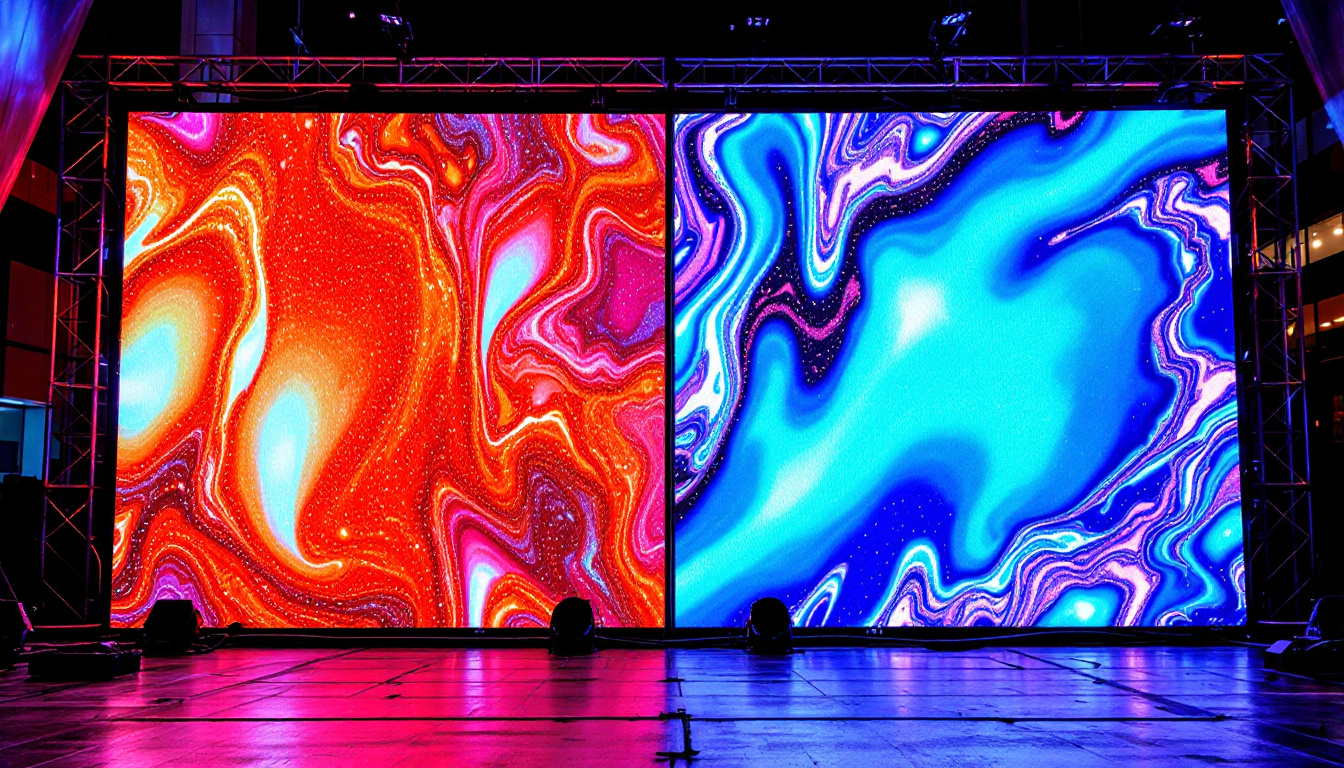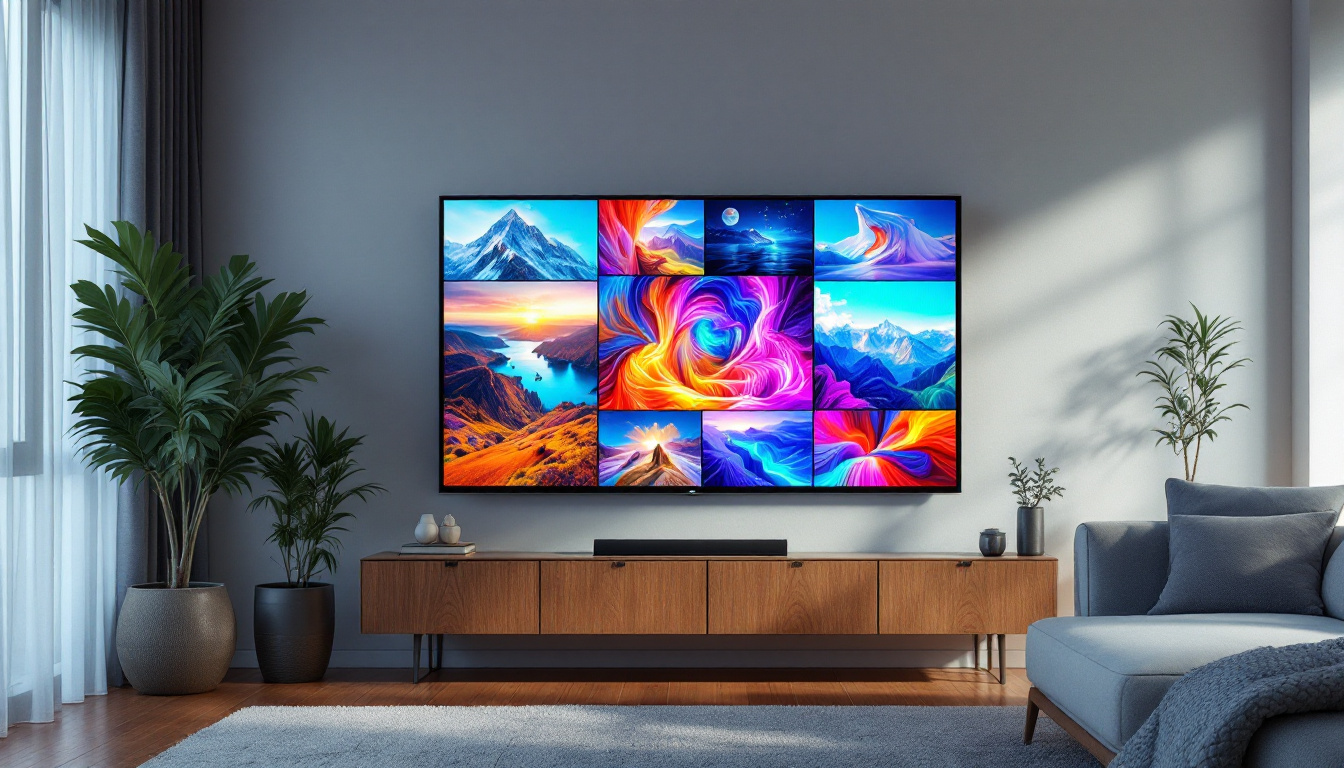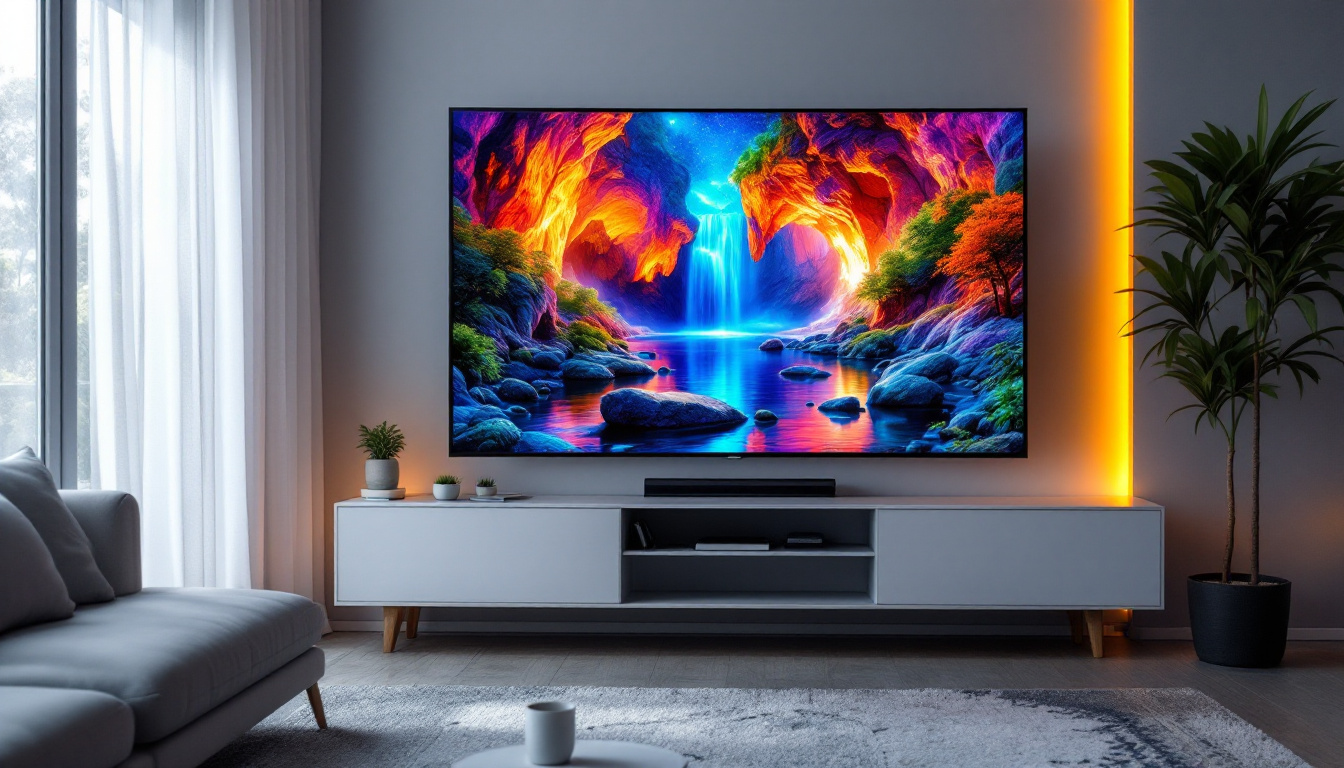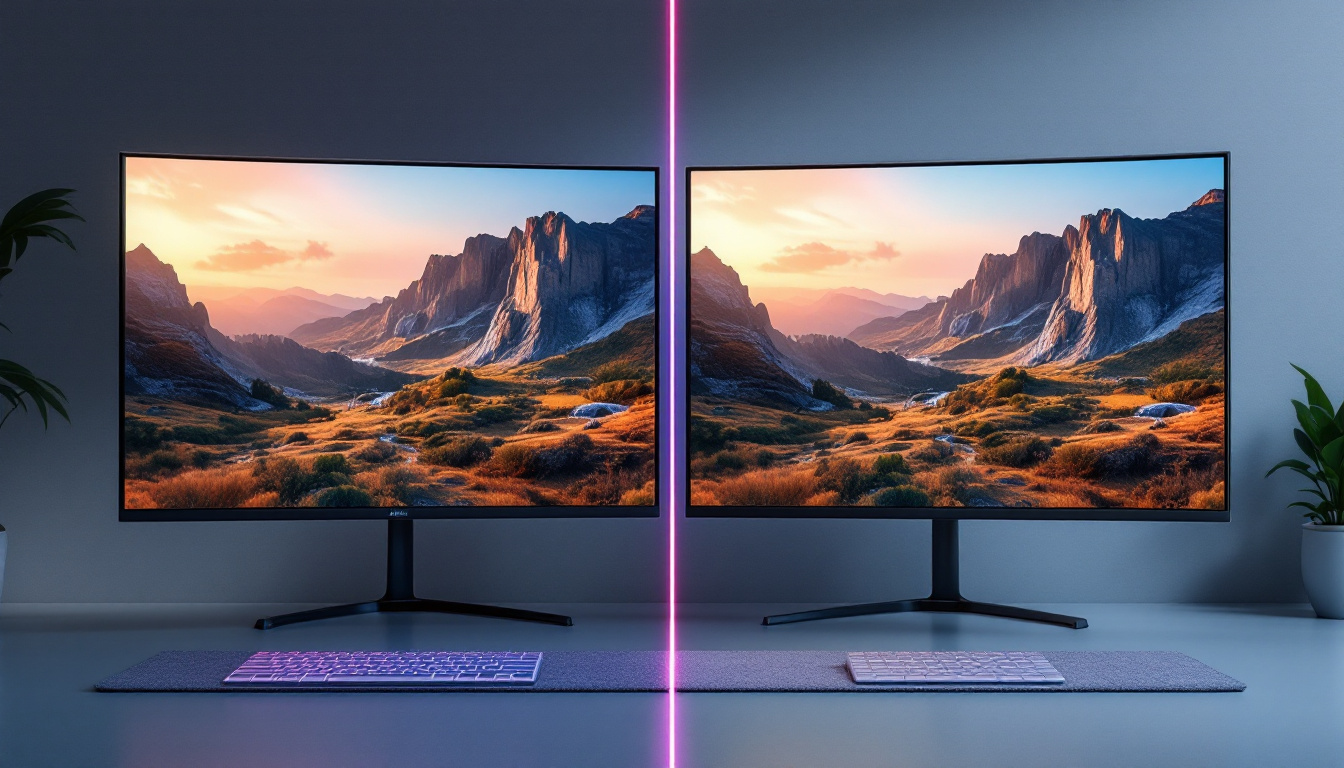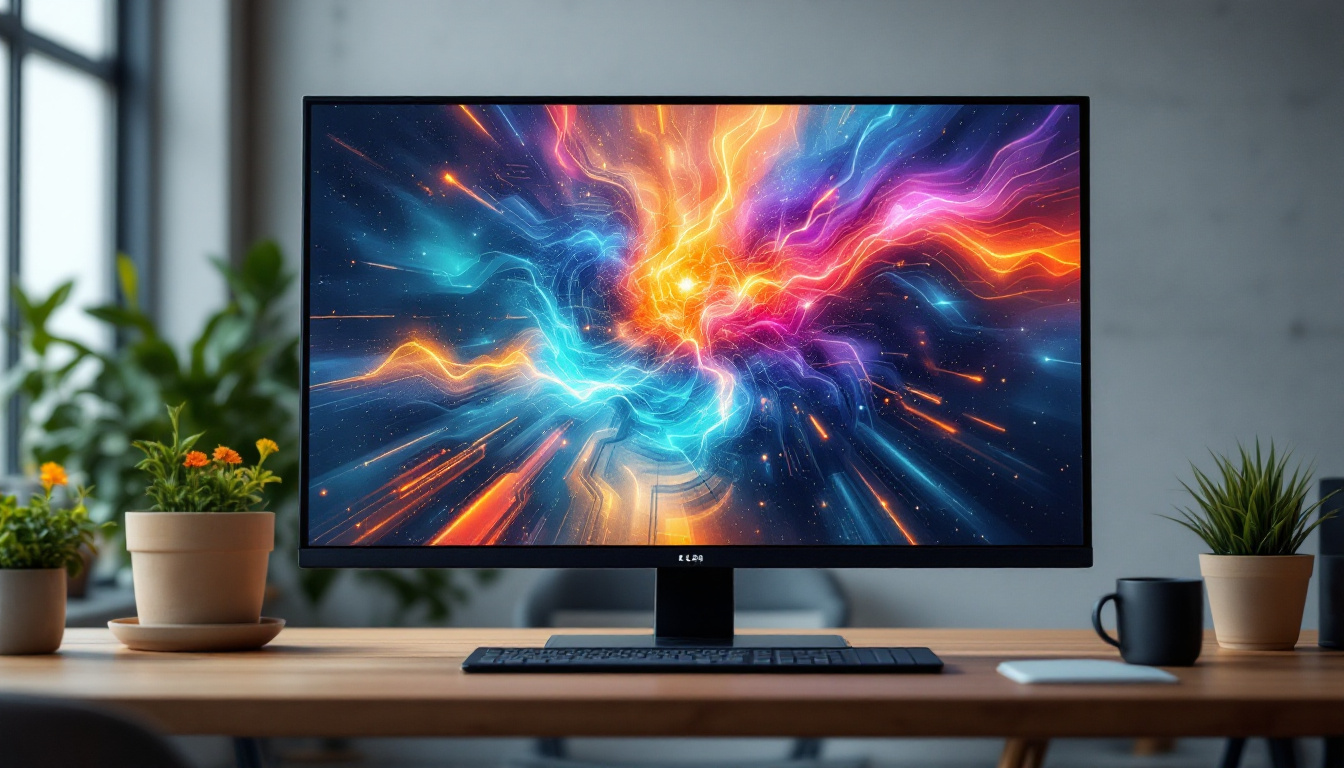In the world of technology, LED displays have become increasingly popular due to their vibrant colors, energy efficiency, and versatility. Whether for personal use, commercial displays, or large-scale advertising, understanding how to calculate the display size of an LED screen is essential for making informed decisions. This article delves into the intricacies of LED displays, their measurement, and how to calculate the optimal size for various applications.
Understanding LED Displays
LED, or Light Emitting Diode, displays utilize semiconductor technology to produce light. Unlike traditional LCD screens, which rely on backlighting, LED displays emit light directly, resulting in brighter images and deeper blacks. This technology is widely used in televisions, computer monitors, and outdoor billboards, making it a staple in modern visual communication. The evolution of LED technology has also paved the way for innovative applications, such as in automotive lighting and architectural designs, where dynamic lighting can enhance aesthetics and functionality.
Types of LED Displays
There are several types of LED displays, each designed for specific applications. The most common types include:
- Direct View LED: These displays consist of individual LED modules that can be arranged to form larger screens. They are often used for large-scale advertising and outdoor displays, where high visibility is crucial. Their modular nature allows for easy repairs and upgrades, making them a popular choice for event venues and sports arenas.
- LED-backlit LCD: These screens combine traditional LCD technology with LED backlighting, providing improved contrast and color accuracy. This hybrid approach has made LED-backlit LCDs the go-to option for many consumer electronics, balancing performance with cost-effectiveness.
- Organic LED (OLED): A newer technology that uses organic compounds to emit light, OLED displays offer exceptional color depth and flexibility, making them ideal for high-end televisions and smartphones. Their ability to bend and curve opens up new possibilities for design, allowing for ultra-thin screens that can fit into unconventional spaces.
Advantages of LED Displays
LED displays offer numerous advantages over other display technologies. Some of the key benefits include:
- Energy Efficiency: LED displays consume less power, making them more environmentally friendly and cost-effective over time. This energy efficiency is particularly beneficial in commercial settings, where large-scale displays can lead to significant savings on electricity bills.
- Longevity: With a lifespan that can exceed 100,000 hours, LED displays are durable and reliable. This longevity reduces the frequency of replacements, which not only saves money but also minimizes waste, contributing to sustainability efforts.
- Brightness and Clarity: The ability to produce bright images even in direct sunlight makes LED displays ideal for outdoor use. This characteristic is essential for advertising and public information displays, ensuring that content remains visible and engaging regardless of lighting conditions.
Moreover, LED technology has advanced to include features such as high dynamic range (HDR) and 4K resolution, which significantly enhance the viewing experience by providing more vibrant colors and sharper details. As the demand for high-quality visual content continues to grow, LED displays are evolving to meet these expectations, integrating smart technology that allows for interactive features and real-time content updates. This adaptability makes LED displays not only a practical choice but also an exciting one, as they continue to shape the future of visual communication.
Calculating Display Size
When selecting an LED display, understanding how to calculate its size is crucial. The display size is typically measured diagonally from one corner to the opposite corner, and it is expressed in inches. However, several factors influence the ideal display size for a specific application.
Factors Influencing Display Size
Several factors should be considered when calculating the appropriate display size:
- Viewing Distance: The distance from which the audience will view the display significantly impacts the required size. A larger display may be necessary for longer viewing distances.
- Content Type: The nature of the content being displayed also plays a role. Detailed images or text may require a larger screen for clarity.
- Environment: The setting—whether indoors or outdoors—affects the brightness and size needed for optimal visibility.
Additionally, the audience’s demographics can also influence the display size. For instance, if the target audience includes older adults or individuals with visual impairments, a larger display with higher contrast may be beneficial. Furthermore, the layout of the space where the display will be installed should be taken into account; for example, a crowded venue may necessitate a larger screen to ensure that everyone has a clear view.
Aspect Ratio Considerations
Aspect ratio refers to the proportional relationship between a display’s width and height. Common aspect ratios include 16:9 (widescreen) and 4:3 (standard). Choosing the right aspect ratio is essential for ensuring that content is displayed correctly and without distortion.
For example, a 16:9 aspect ratio is ideal for most modern media, including movies and television shows, while a 4:3 aspect ratio may be better suited for presentations or older content. Understanding the aspect ratio can help in selecting a display that complements the intended use. Moreover, some displays come with adjustable aspect ratios, allowing users to switch between formats depending on the content being presented, which can enhance versatility in various settings.
Another important aspect to consider is the resolution of the display, which works in tandem with the aspect ratio to deliver a crisp and clear image. Higher resolutions, such as 4K or 8K, can provide more detail and improve the viewing experience, especially on larger screens. Therefore, when calculating the display size, it is also vital to consider the resolution in relation to the aspect ratio to ensure that the content is not only correctly proportioned but also visually appealing.
How to Calculate Display Size
Calculating the size of an LED display involves a straightforward formula. The diagonal size can be determined using the Pythagorean theorem, which states that the square of the hypotenuse (the diagonal) is equal to the sum of the squares of the other two sides (width and height).
The Formula
The formula for calculating the diagonal size (D) is:
D = √(W² + H²)
Where:
- D: Diagonal size in inches
- W: Width of the display in inches
- H: Height of the display in inches
Example Calculation
To illustrate how to use this formula, consider a display that is 48 inches wide and 27 inches high. The calculation would be as follows:
D = √(48² + 27²) = √(2304 + 729) = √3033 ≈ 55.1 inches
Thus, the diagonal size of the display is approximately 55.1 inches. This method can be applied to any display size, allowing for precise calculations based on specific dimensions.
Choosing the Right Display Size
Once the size has been calculated, the next step is to determine whether it meets the needs of the intended application. Various scenarios may dictate different requirements for display size.
For Home Use
When selecting an LED display for home use, factors such as room size, viewing distance, and personal preference come into play. A common guideline is to choose a screen size that allows for a viewing distance of 1.5 to 2.5 times the diagonal size of the display. For example, if the display is 55 inches, the optimal viewing distance would range from approximately 6.9 feet to 11.5 feet.
For Commercial Use
In commercial settings, such as retail stores or conference rooms, the display size must cater to a larger audience. Larger screens are often necessary to ensure visibility from a distance. Additionally, the content displayed may require higher resolution and clarity, further influencing the size selection.
For Outdoor Advertising
Outdoor LED displays must be significantly larger to capture attention from afar. The viewing distance can be much greater, so a general rule of thumb is to have one square foot of display area for every 10 feet of viewing distance. This ensures that the content remains legible and engaging, even from a distance.
Resolution and Pixel Density
Alongside size, resolution and pixel density are critical factors in display quality. Resolution refers to the number of pixels that make up the display, typically expressed as width x height (e.g., 1920 x 1080). Pixel density, measured in pixels per inch (PPI), indicates how many pixels are packed into a given area.
Importance of Resolution
A higher resolution provides more detail and clarity, which is particularly important for large displays. For instance, a 4K display has four times the resolution of a 1080p display, making it ideal for large screens where viewers may be closer to the display.
Calculating Pixel Density
Pixel density can be calculated using the formula:
PPI = √(W² + H²) / D
Where:
- PPI: Pixels per inch
- D: Diagonal size in inches
Understanding pixel density helps in selecting a display that meets the resolution needs of the intended content, ensuring that images and text appear sharp and clear.
Conclusion
Calculating the display size of an LED screen is a vital step in choosing the right technology for various applications. By understanding the types of LED displays, the factors influencing size, and how to perform calculations, individuals and businesses can make informed decisions that enhance their visual communication.
Whether for home entertainment, commercial use, or outdoor advertising, the right display size can significantly impact viewer experience and engagement. With the proper knowledge and tools, selecting the ideal LED display becomes a straightforward process, ensuring that the chosen screen meets all requirements for size, resolution, and clarity.
Discover the Perfect LED Display with LumenMatrix
Ready to elevate your visual communication with an LED display that meets all your size, resolution, and clarity needs? Look no further than LumenMatrix, a pioneer in LED display technology. Our diverse range of solutions, from Indoor and Outdoor LED Wall Displays to innovative LED Sports and Floor Displays, is designed to captivate your audience and amplify your message. Embrace the future of digital signage with LumenMatrix and create an unforgettable visual experience. Check out LumenMatrix LED Display Solutions today and transform your space with cutting-edge LED technology.





